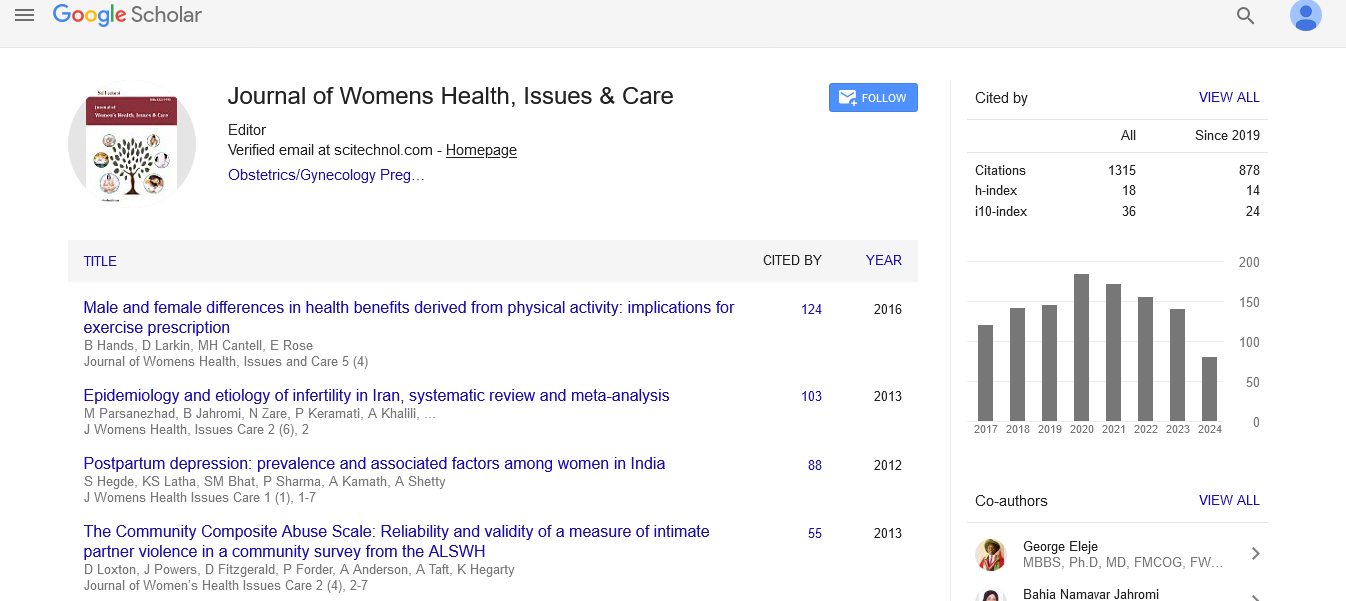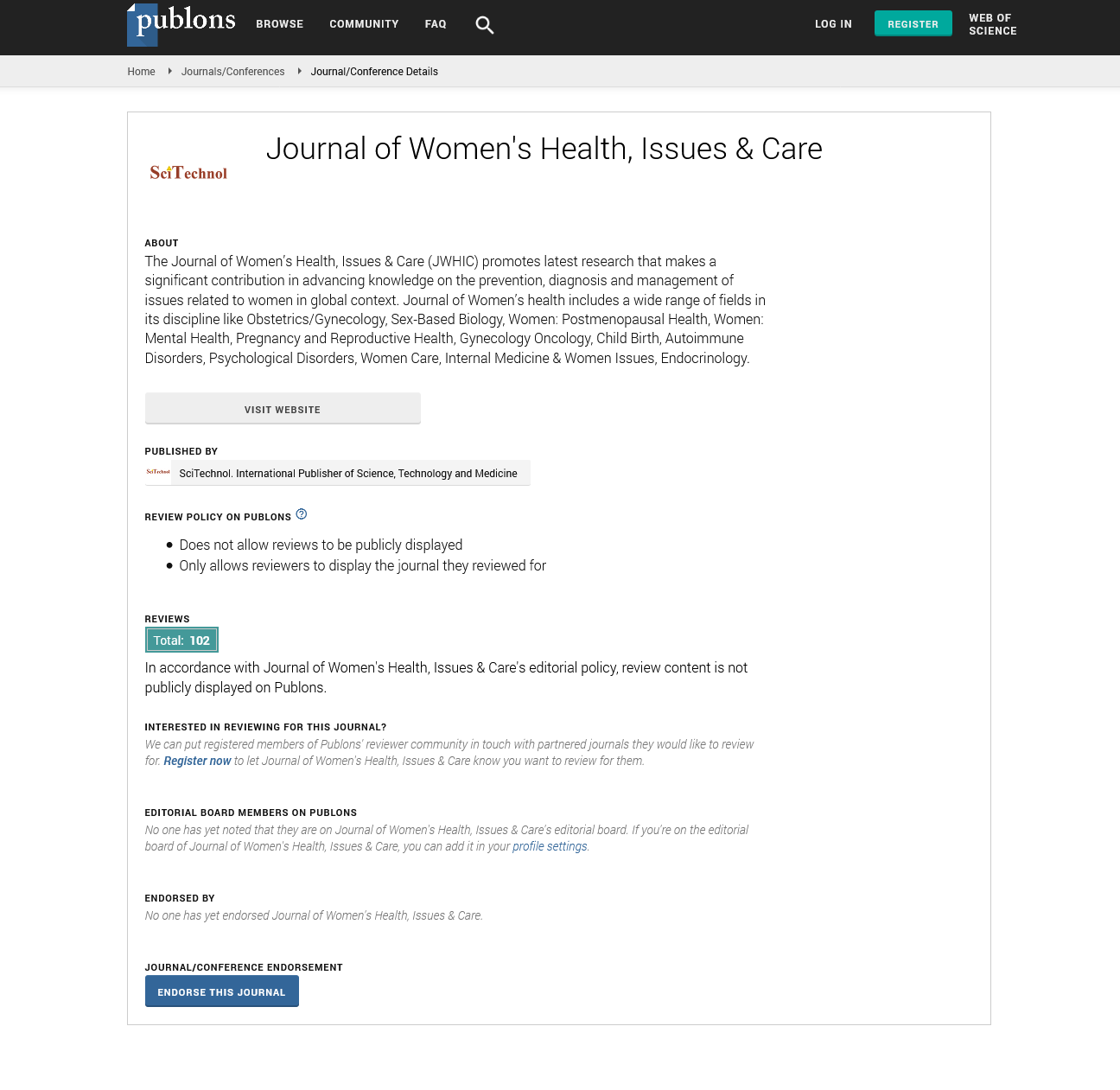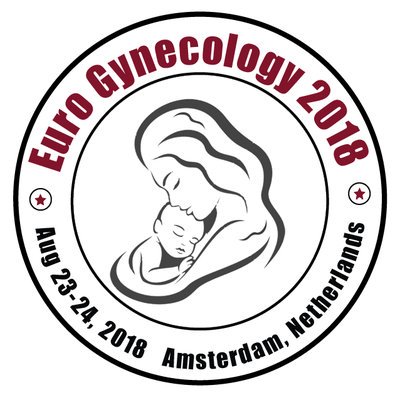Thoracoscopic resection of a type I pleuropulmonary blastoma: A case report
Maithah Mohammed Alkaabi
Sheikh Shakhbout Medical City, United Arab Emirates
: J Womens Health, Issues Care
Abstract
Introduction: Pleuropulmonary blastoma (PPB) is a rare malignant tumor that can arise from the lung tissue, pleura, diaphragm, and mediastinal structures. It is divided into three types based on its characteristics: type I (completely cystic), type II (cystic and solid), and type III (solid tumors) [1]. It mostly occurs in children and tends to exhibit nonspecific symptoms. Imaging studies can orient the diagnosis, but the definitive diagnosis is based on microscopic examination. Prognosis and treatment of PPB varies based on the type and stage of the tumor [2]. We present a case of a type I PPB that manifested as respiratory distress and was completely resected thoracoscopically. Case report: A full term 5-months-old previously healthy infant was brought to the emergency department with cough, fever, and intermittent episodes of shortness of breath. On physical exam, he showed nasal flaring and reduced breath sounds on the lower left hemithorax. Chest radiography showed a large air-filled cystic lesion on the left lower hemithorax causing mass effect and severe mediastinal shift, with severe compression of the right lung (Fig. 1). A computerized tomography with intravenous contrast (CT) of the chest revealed a large air-filled cyst with thin internal septations in the left middle and lower hemithorax. The differential diagnosis included a congenital cystic pulmonary malformation (CPAM), a cystic bronchopulmonary sequestration, a type I PPB, or a bronchogenic cyst (Fig. 2). No abnormal systemic blood vessels were identified in the cystic lung lesion. Discussion: Primary tumors of the lungs are uncommon in children. In neonates and infants the most prevalent are pleuropulmonary blastoma, infantile fibrosarcoma, and fetal lung interstitial tumor. In older children, the most prevalent ones are inflammatory myofibroblastic tumor (IMT), carcinoid, and PPB [3]. PPB is a rare and sometimes aggressive intrathoracic neoplasm that occurs mainly in children under four years of age. It is classified into three subtypes based on its morphology: type I (cystic), type II (mixed solid and cystic), and type III (solid) [1]. A clinicopathologic study of 50 cases of PPB conducted at St. Paul Children’s Hospital showed that type I is the least common, representing only 14% of all PPB, and tends to affect very young children. The average age at presentation for types I, II, and III was 10, 34, and 44 months respectively [3]. Conclusion: Cystic lung lesions in the pediatric population are primarily benign. However, rare malignant conditions like PPB should be included in the differential diagnosis. Thoracoscopic resection of type I PPB is possible.
Biography
Maithah Mohammed Alkaabi is a dedicated Ph.D. student at Sheikh Shakhbout Medical City, where she is making significant strides in medical research. Her work is particularly notable for its focus on Pleuropulmonary blastoma, a rare and aggressive childhood lung cancer. Through her research, she has contributed valuable insights to the medical community, advancing both academic knowledge and practical applications in pediatric oncology.
 Spanish
Spanish  Chinese
Chinese  Russian
Russian  German
German  French
French  Japanese
Japanese  Portuguese
Portuguese  Hindi
Hindi 



